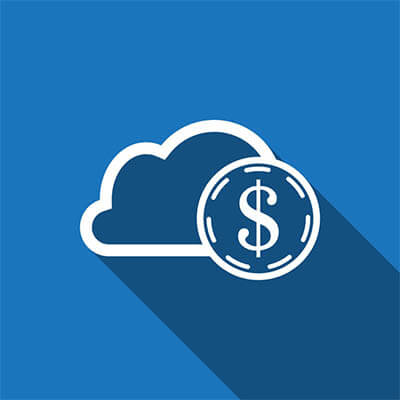We have not been shy about expounding upon the benefits of the cloud for businesses, as these benefits are both considerable and accessible. That being said, not even the cloud is completely perfect, and there are security errors that can easily be made. Let’s go through these security errors to see if any sound familiar to your situation.
Most businesses who utilize the cloud report that they have managed to cut costs while still getting the resources they need to perform to spec. Businesses can use the cloud for processing and storing data, as well as application deployment, making it a very dynamic solution to a business’ needs. However, you cannot make decisions based on cost alone. Here are some other factors to consider.
Cloud computing is a major growth industry as businesses and individuals look to use the computing strategy to either save money or get resources that they would typically not be able to commit to. With cloud computing becoming more and more integrated into business each year, it stands to reason that the once Wild West of cloud computing would start to see a lot more regulation. This week, we’ll take a look at how the cloud is regulated and what to expect out of cloud regulation down the road.
Software makes or breaks businesses, so your software strategy should be implemented with sound logic in mind. One of the ways you can make the most out of your limited resources and budget is to consider cloud-hosted Software as a Service offerings. With SaaS, you can implement better software that is more accessible, flexible, and manageable than the traditional method of hosting.
Do your employees have a hard time with the technology that you’ve provided them? Are your digitization efforts lagging behind? Are the systems your business is using coming up on their end of support date? Old technology can cause major problems for a business. In this week’s blog, we go through some of the signs that you may need to upgrade your business’ technology.
The following story and events are true, however, to protect the families of the innocent, all names have been changed. Any resemblance to actual persons, living or dead, or businesses, is purely coincidental. Enjoy and happy Halloween!
Since it first entered the mainstream in the mid-2000s, cloud computing has become a cornerstone of businesses of every size and shape. The big question that remains, however, is what your business could lean on the cloud to do. Let’s go over the multitude of options that the cloud opens up for a business.
Your business depends on software for many of its day-to-day operations, whether it’s an email system, productivity suite, or other specialized software. When it comes to acquiring software, you have two options: the traditional method of acquisition, i.e. buying it from a vendor, or subscribing to a Software as a Service solution. What are the differences and how can you make sure your organization is getting value out of its investment?
No Business is Exempt; It’s Time to Take IT Security Seriously Is Your Data Safe? Consider how much of your business operations rely on computers – you store your business and customer data digitally, including financial accounts, personal information, and other specifics. Unfortunately, while this data is clearly invaluable to your business, do you know who else would find your data valuable?
The cloud has proven to be an extremely useful tool for the modern business. Not only does it provide anywhere-anytime access to applications, processing, storage, et al; it also delivers those products as a service, allowing you to budget for recurring costs rather than major upfront ones. This provides your organization with functional, supported, and secure computing environments that eliminate a lot of the support costs that traditional computing environments require. It sounds like a perfect scenario for small and large businesses alike, but things aren’t always what they seem, as a lot of cloud users have found that they have incurred several hidden costs by using cloud platforms. Today, we take a look at these hidden costs.










